10 Examples Of Genetic Hybrids
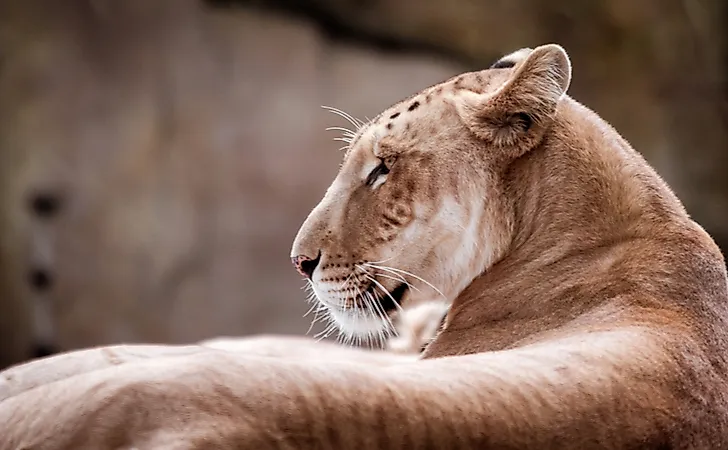
A hybrid is the offspring of two organisms belonging to different species, genera, subspecies, breeds, or varieties. A hybrid often exhibits characteristics intermediate to that of its parents. However, a hybrid can also exhibit hybrid vigor whereby it has more extreme properties. For example, it might grow larger or taller than either of its parents. Hybrids can be born in the wild or captivity. Breeders often breed two different organisms to produce offsprings with desirable traits.
10. Mule And Hinny
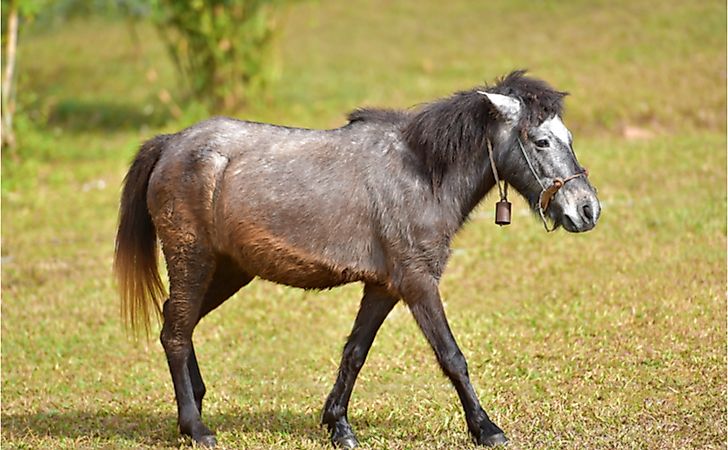
One of the best-known examples of hybrids is a mule. It is the offspring of a female horse or mare and a male donkey or jack. Mules are widely used as weight bearers. They are known to be more hardy, patient, and long-lived than horses. They also have higher intelligence than donkeys and are less obstinate. A hinny is the offspring of a male horse or stallion and a female donkey or Jenny. It is more difficult to obtain than a mule. Both mules and hinnies have 63 chromosomes and are usually infertile.
9. Zebroids
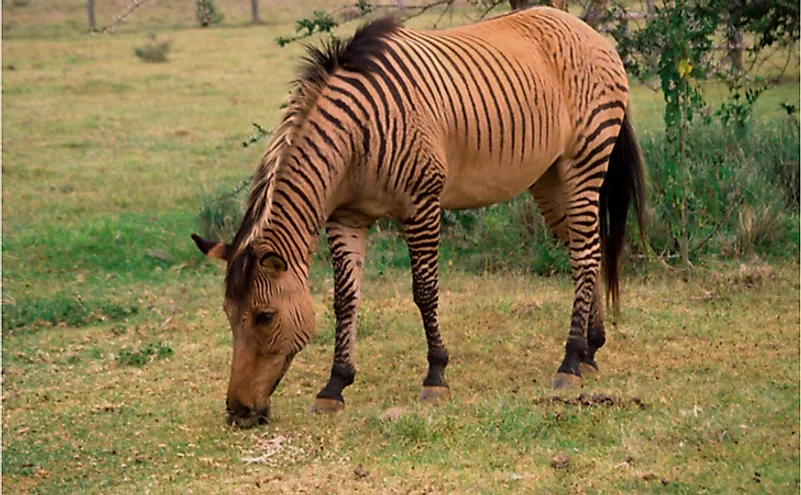
A zebroid results from a cross between a zebra and any other member of the Equidae family. For example, a donkra is an offspring of a zebra dam and a donkey sire. It is also called zebra hinny. A hebra is formed by breeding a horse sire and a zebra dam. Such hybrids have been produced since the 19th century. They are mostly infertile and sterile.
8. Bovid Hybrids
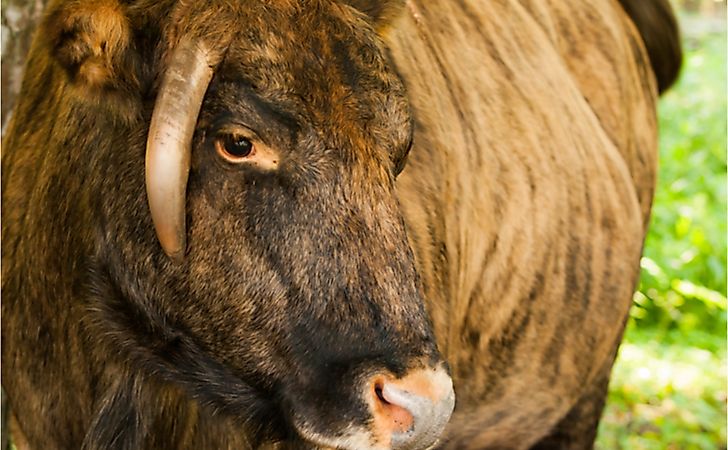
Cows and bulls have also been bred with various other animals to produce hybrid offsprings. For example, a dzo is an offspring of domestic cattle and yak. If it is male, it is sterile, but the female dzo or dzomo are fertile. The females can be backcrossed. These offsprings are considered to be more productive than either the domestic cow or the yak.
Another example of a bovid hybrid is a beefalo or cattalo. It results from a cross between domestic cattle and the American bison. Usually, female cattle and male bison are bred for the purpose. Unfortunately, the hybrid is used for beef production.
Other examples of bovid hybrids include zubron (offspring of a domestic cow and a European bison), and yakalo (a hybrid between a yak and a bison).
7. Ursid Hybrids
Two different species or subspecies of the bear family or Ursidae mate to give ursid hybrids. Most of these animals have been produced in captivity but some also occur in the wild. Polar bears, grizzly bears, and black bears are known to bear such offsprings. Some examples include grizzly bear-polar bear hybrids, brown bear-American black bear hybrids, etc. Some of the ursine hybrids are fertile while others are sterile.
6. Felid Hybrids
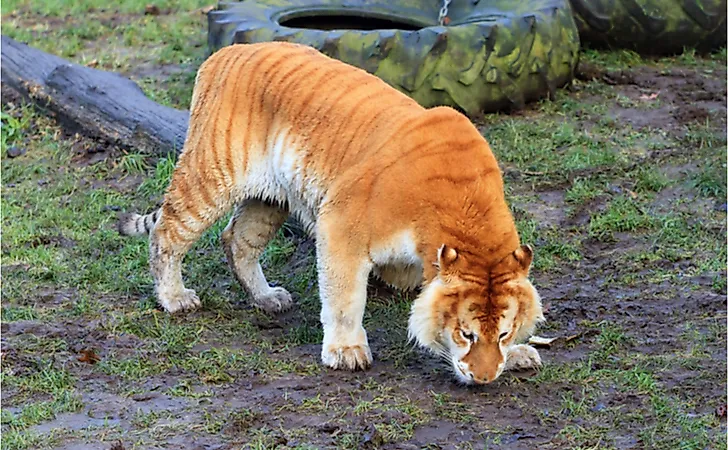
Several species and subspecies of the Felidae family have cross-bred in captivity or in the wild to produce offsprings that are fertile or sterile.
A domestic cat and a serval breed to produce a Savannah cat. It is the largest domesticated cat breed and is very popular among breeders.
A Bengal cat is another domesticated cat breed that is a hybrid of the Asian leopard cat and the Egyptian Mau. The hybrid is then back-crossed to domestic cats to create wild-looking, docile cats.
The Serengeti is also a breed of domestic cat developed by breeding an Oriental Shorthair with a Bengal cat.
An interspecific cross between a domestic cat and a jungle cat gives Chausie.
Ligers and tigons are the most well-known felid hybrids. The former is a hybrid offspring of a female tiger and a male lion. The latter is the offspring of a male tiger and a female lion. Liger is the biggest of all extant felines. A liger is both sociable like a lion and a passionate swimmer like a tiger. Tigons also exhibit characteristics of both parents. They have stripes of tigers and spots of lions. Although ligers and tigons were believed to be sterile, some cases of fertile hybrids have been reported.
5. Cama
A hybrid between a female llama and a male dromedary camel is called Cama. The first Cama was produced by artificial insemination on January 14, 1998, at Dubai’s Camel Reproduction Centre.
4. Wholphin
A male false killer whale and a female common bottlenose dolphin can be crossed to give a wholphin. These hybrids have been born both in the wild and in captivity but their occurrence is very low. The first Wholphin on record was born in 1981 at Tokyo SeaWorld. It lived only for 200 days. Another wholphin born in Sea Life Park in Hawaii was fertile and gave birth to several calves.
3. Hybrid Orangutan
Also called cocktail orangutan, this offspring was formed by breeding a Bornean orangutan with a Sumatran orangutan. Most of these births have happened in captivity. However, the Indonesian government recently discouraged such interbreeding as it threatens the survival of the parent species.
2. Bird Hybrids
Birds are also known to mate with other birds belonging to a different species or subspecies. For example, cage bird breeders cross breed finch species to produce hybrids. Domestic fowl and game birds can also breed to give hybrid offsprings. Macaw hybrids are also known. Black kite and red kites also mate to produce a hybrid offspring.
1. Killer Bees
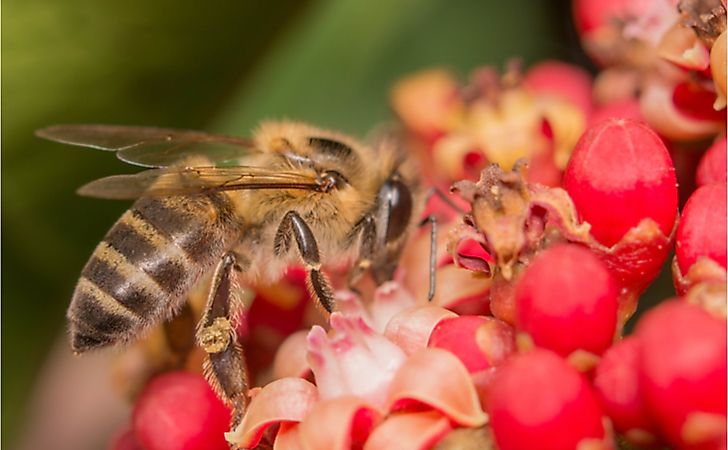
A killer bee or Africanized bee is a hybrid originally produced by cross-breeding the western honey bee and the East African lowland honey bee. These bees carry less venom than their European or African counterparts. However, they are extremely defensive. If their nest is under threat, they come out in swarms to defend their home against the intruder. These bees are known to sting the intruder in a united manner. Sometimes, multiple stings by these bees deliver enough venom to kill an adult human. Although the killer bees were bred in captivity, a population managed to escape and colonize large parts of South and North America. Hundreds of deaths can be attributed to stings by these bees.











